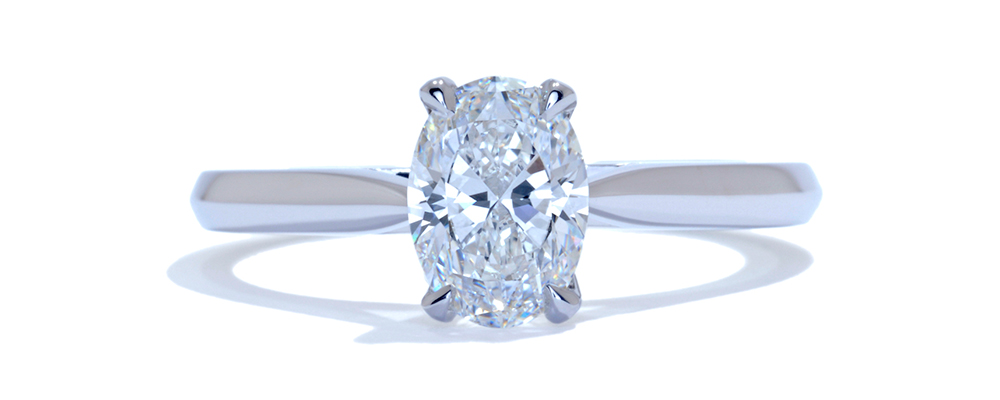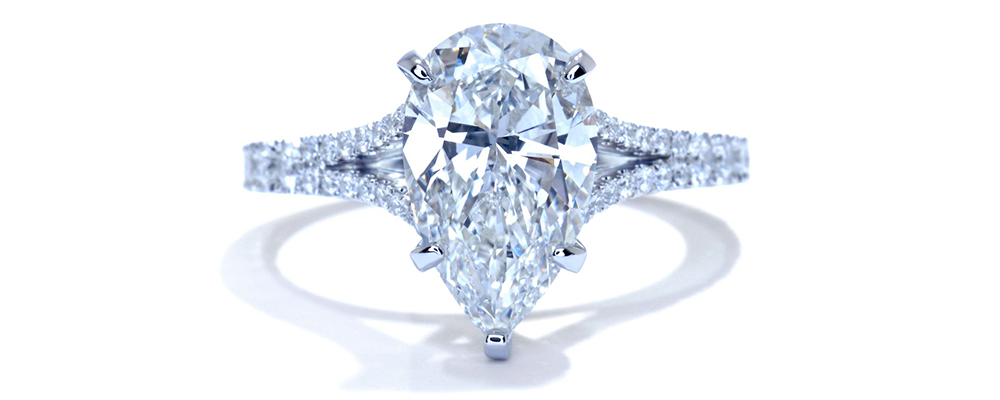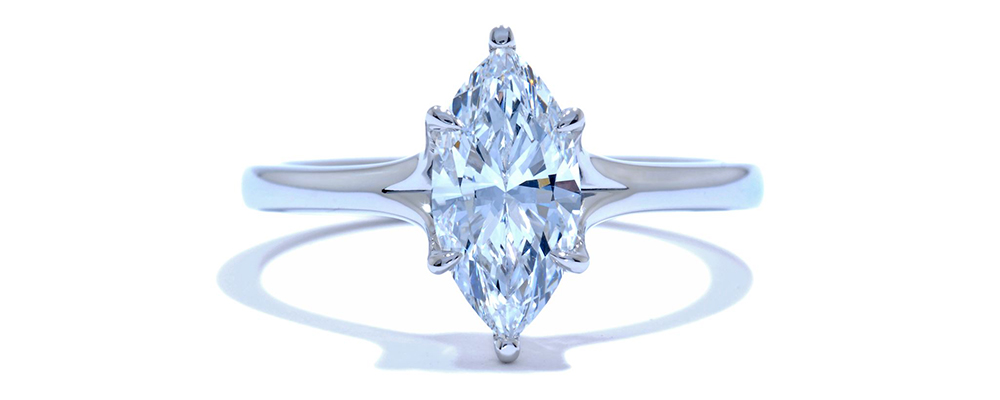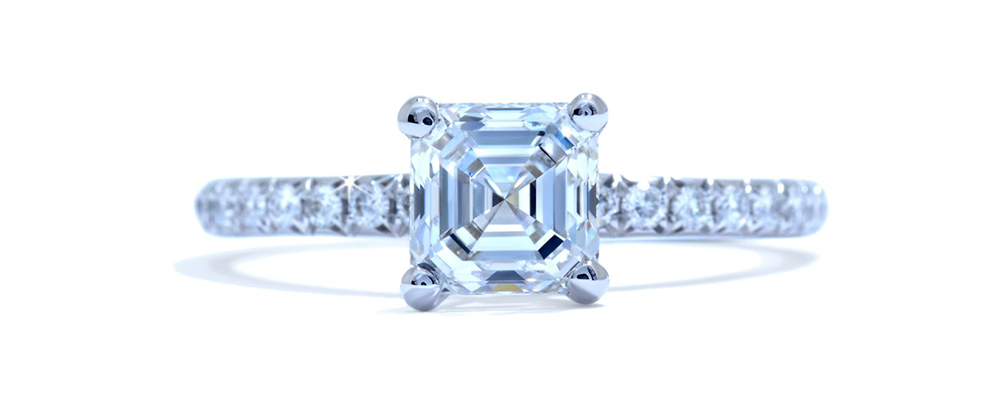Engagement Ring Shapes
Discover all diamond shapes. Learn how to choose the perfect diamond for your engagement ring. Visit one of our showrooms in Atlanta, Washington DC, Dallas, Charlotte and New York.
Round Cut Diamond
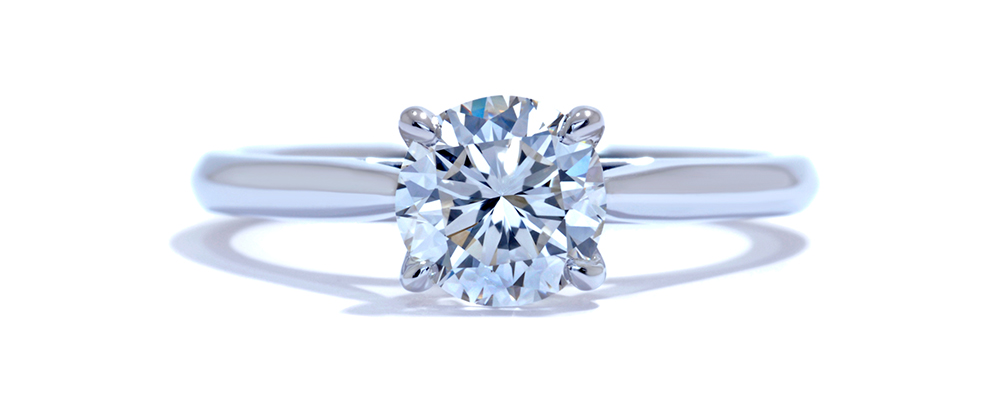 The round shape is a classic and has been worked to perfection. It started at the beginning with Lodewyk (Louis) Berquem of Belgium in 1458. Then Cardinal Jules Mazarian of France 1602-1661, creates the double cut and is worked over again in the late 1600’s by Vincenzio Peruzzi of Venice. He creates the triple-cut brilliant. Finally, in 1919 Marcel Tolkowsky of Russia creates a mathematically correct/modern round brilliant cut diamond.
The round shape is a classic and has been worked to perfection. It started at the beginning with Lodewyk (Louis) Berquem of Belgium in 1458. Then Cardinal Jules Mazarian of France 1602-1661, creates the double cut and is worked over again in the late 1600’s by Vincenzio Peruzzi of Venice. He creates the triple-cut brilliant. Finally, in 1919 Marcel Tolkowsky of Russia creates a mathematically correct/modern round brilliant cut diamond.
Oval Cut Diamond
Also called a “Briolette” was seen as early as 1304 with the famous Koh-I-Noor diamond. The oval shape was seen again with the beautiful 184 carat Victoria diamond in 1887. We see the oval shape make a more intentional impression in the 1960’s when Lazara Kaplan introduced the modern oval cut.
Emerald Cut Diamond
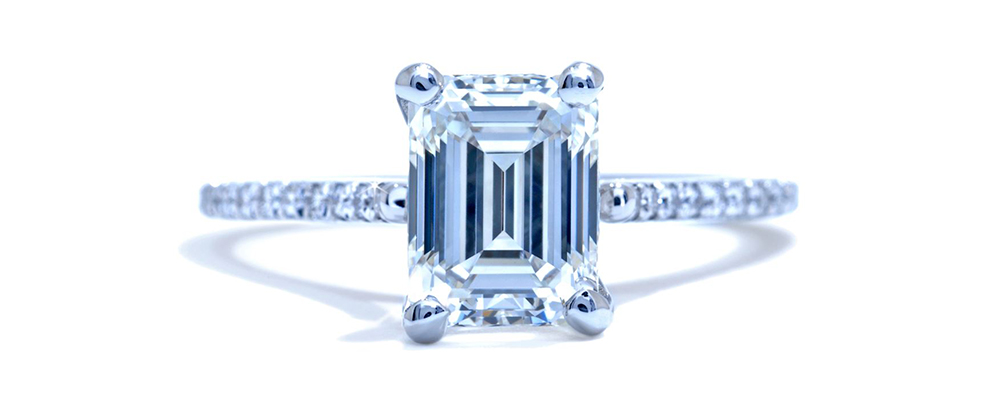 Evolved from the early step cuts from the 20th century. The emerald cut was very popular in the Art Deco era and was a shape reserved for the upper echelon of people due to the necessity of a diamond to be lacking of almost all inclusions. The word baguette means “long rod” in French and is a step cut used as an accent stone and made popular in cocktail rings in the Art Deco/Art Nouveau era. Baguettes are usually smaller stones and referred to as measurements instead of carat weight.
Evolved from the early step cuts from the 20th century. The emerald cut was very popular in the Art Deco era and was a shape reserved for the upper echelon of people due to the necessity of a diamond to be lacking of almost all inclusions. The word baguette means “long rod” in French and is a step cut used as an accent stone and made popular in cocktail rings in the Art Deco/Art Nouveau era. Baguettes are usually smaller stones and referred to as measurements instead of carat weight.
Pear Shape Diamond
Also called teardrop was likely created in 1458 by Lodewyk (Louis) Berquem- used mostly in the Renaissance period with half oval and half marquise- made modern in the 1900’s.
Cushion Cut Diamond
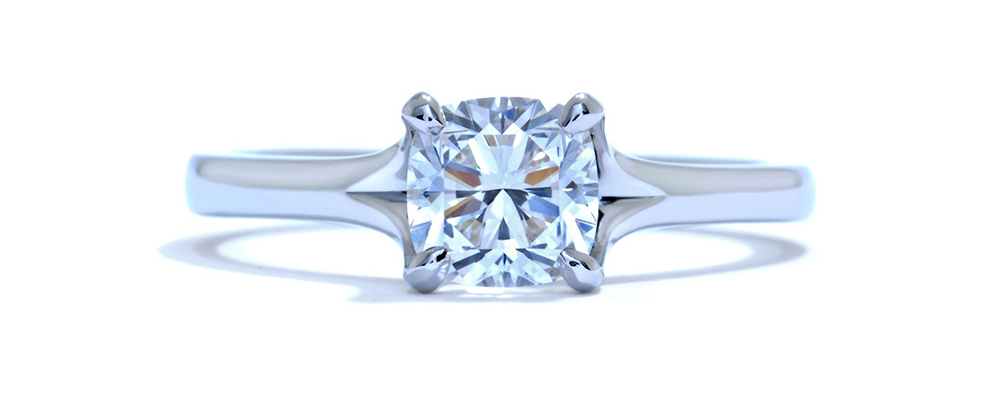 Almost all old cut diamonds are essentially cushion shape as lapisaries are able to retain as much weight from the rough crystal. The cushion shape is fashionable through 1800’s-1900’s and doesn’t get modernized until recently with a cushion modified brilliant and cushion brilliant.
Almost all old cut diamonds are essentially cushion shape as lapisaries are able to retain as much weight from the rough crystal. The cushion shape is fashionable through 1800’s-1900’s and doesn’t get modernized until recently with a cushion modified brilliant and cushion brilliant.
Marquise Cut Diamond
“Navette Cut” was commissioned by King Louis XV of France in 1745 for his mistress Marchioness Madame de Popemdour. It was said to resemble her smile.
Princess or Radiant Cut Diamond
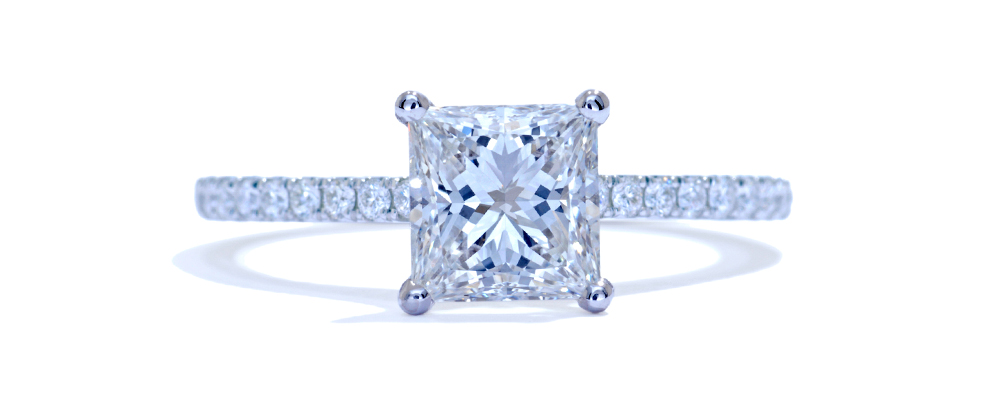 In 1961 a profile cut was created by London cutter Arpad Nagy. In 1977 one of the first patents on diamond shapes was the Quadrillion which is now known as the princess cut by Henry Grossbard. Originally he found that with a radiant shape you could utilize more of the rough losing only 40% then modifying the shape for a princess to lose only 20% when compared to the round brilliant losing 50% of the rough diamond crystal. The princess shape was modified in 1979 by Ygal Perlman, Betzalel Amber, and Israel Itzowitz. In 2009 Jean Paul Tolkowsky created the “ideal princess” following in his families footsteps with the round brilliant.
In 1961 a profile cut was created by London cutter Arpad Nagy. In 1977 one of the first patents on diamond shapes was the Quadrillion which is now known as the princess cut by Henry Grossbard. Originally he found that with a radiant shape you could utilize more of the rough losing only 40% then modifying the shape for a princess to lose only 20% when compared to the round brilliant losing 50% of the rough diamond crystal. The princess shape was modified in 1979 by Ygal Perlman, Betzalel Amber, and Israel Itzowitz. In 2009 Jean Paul Tolkowsky created the “ideal princess” following in his families footsteps with the round brilliant.
Asscher Cut Diamond
Created by Joseph Asscher in 1902 in Holland. Almost 100 years later in 2001, the Asscher family patents the “Royal Asscher Cut” with 74 facets verses the squared emerald’s 58 facets.
Heart Shape Diamond
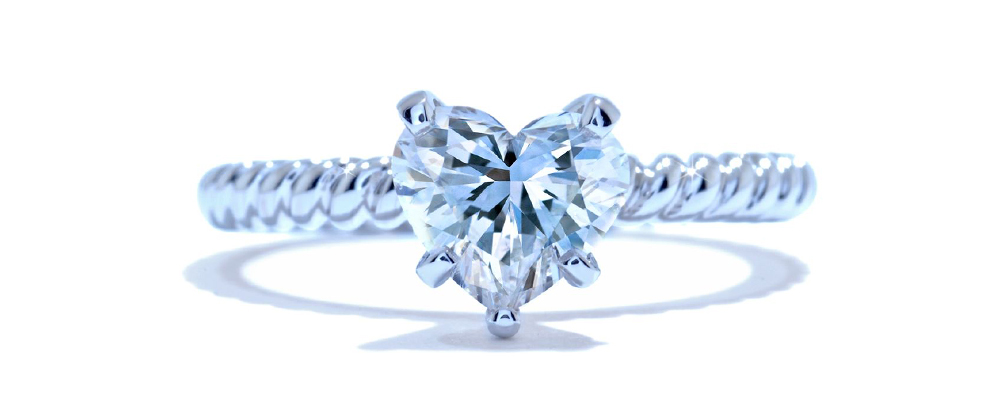 The heart shape was likely created in 1458 by Lodewyk (Louis) Berquem. Very early history reports a mention of a heart shaped diamond in the 1400’s by Duke of Milan and again in 1562 Mary, Queen of the Scotts sent a heart shaped diamond ring to Queen Elizabeth I. It was also seen in paintings by Frans Pourbus from 1605 and written about by Jean-Baptiste Tavernier in 1655. The heart shape was made modern in the 1900’s.
The heart shape was likely created in 1458 by Lodewyk (Louis) Berquem. Very early history reports a mention of a heart shaped diamond in the 1400’s by Duke of Milan and again in 1562 Mary, Queen of the Scotts sent a heart shaped diamond ring to Queen Elizabeth I. It was also seen in paintings by Frans Pourbus from 1605 and written about by Jean-Baptiste Tavernier in 1655. The heart shape was made modern in the 1900’s.
Diamonds from Ascot are as unique as the person wearing them. Each shape gives a different way of expressing individuality and personality.
Make an appointment at one of our locations to learn more.
